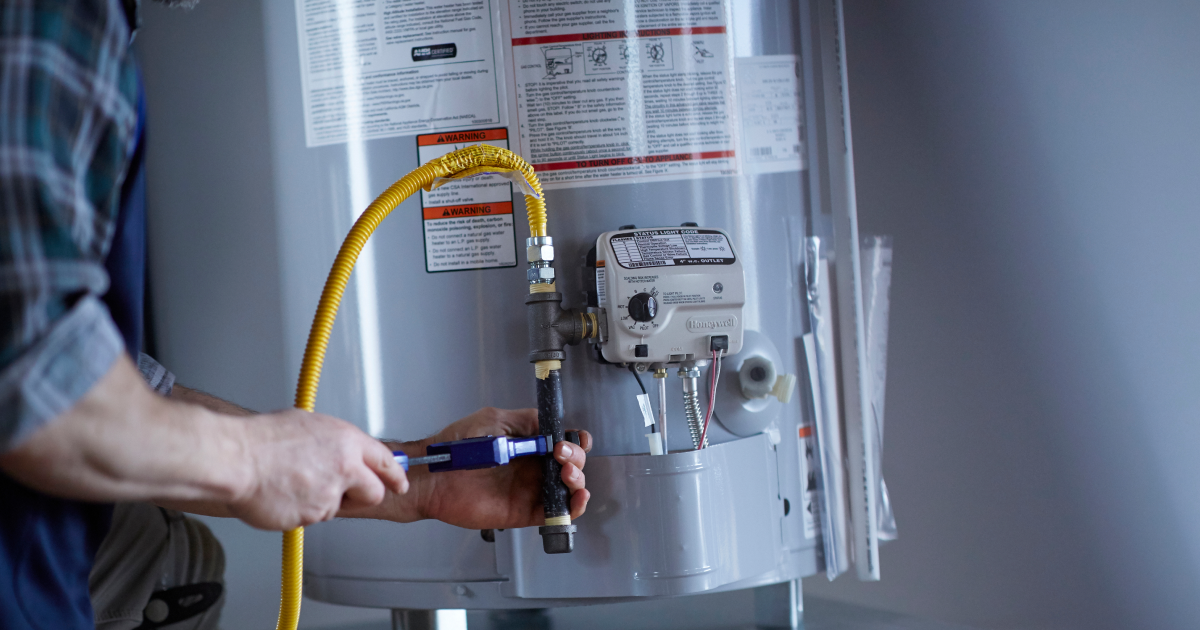Ways to Maintain Your Home's Hot Water System Functioning Well
Ways to Maintain Your Home's Hot Water System Functioning Well
Blog Article
We've come across the article about What Kind of Maintenance Do Water Heaters Need? directly below on the web and reckoned it made perfect sense to write about it with you here.

Hot water is vital for daily comfort, whether it's for a refreshing shower or washing dishes. To guarantee your warm water system runs successfully and lasts longer, regular upkeep is key. This article provides useful tips and insights on just how to keep your home's warm water system to prevent interruptions and expensive repair services.
Introduction
Keeping your home's warm water system could appear daunting, but with a couple of easy steps, you can ensure it operates efficiently for many years ahead. This guide covers every little thing from understanding your hot water system to DIY maintenance suggestions and recognizing when to contact expert help.
Importance of Maintaining Your Warm Water System
Routine upkeep not just expands the life-span of your hot water system yet also guarantees it runs successfully. Neglecting maintenance can bring about decreased efficiency, higher power expenses, and also early failing of the system.
Signs Your Warm Water System Requirements Upkeep
Knowing when your warm water system requires focus can prevent major issues. Keep an eye out for indicators such as inconsistent water temperature level, strange sounds from the heater, or rustic water.
Recognizing Your Hot Water System
Prior to diving into upkeep tasks, it's practical to comprehend the fundamental elements of your warm water system. Usually, this includes the water heater itself, pipelines, anode poles, and temperature controls.
Month-to-month Maintenance Tasks
Regular monthly checks can help catch minor problems before they intensify.
Flushing the Hot Water Heater
Flushing your water heater removes debris buildup, enhancing effectiveness and extending its life.
Monitoring and Replacing Anode Rods
Anode rods stop deterioration inside the storage tank. Inspecting and replacing them when worn is vital.
Evaluating and Changing Temperature Settings
Adjusting the temperature setups guarantees optimal performance and safety.
DIY Tips for Maintenance
You can carry out a number of maintenance tasks yourself to maintain your hot water system in leading problem.
Checking for Leakages
On a regular basis inspect pipelines and links for leaks, as these can result in water damage and higher expenses.
Evaluating Pressure Alleviation Valves
Evaluating the stress safety valve ensures it operates appropriately and stops extreme pressure accumulation.
Protecting Pipes
Protecting warm water pipelines lowers warm loss and can save power.
When to Call a Specialist
While DIY maintenance is advantageous, some issues call for expert expertise.
Complicated Problems Requiring Expert Help
Instances consist of significant leakages, electrical troubles, or if your water heater is constantly underperforming.
Regular Expert Upkeep Perks
Specialist upkeep can consist of thorough assessments, tune-ups, and making certain conformity with safety standards.
Final thought
Regular maintenance of your home's warm water system is crucial for efficiency, durability, and price financial savings. By adhering to these suggestions and understanding when to look for expert assistance, you can ensure a dependable supply of warm water without unforeseen disruptions.
How to Maintain an Instant Hot Water Heater
Before tinkering with your hot water heater, make sure that it’s not powered on. You also have to turn off the main circuit breaker and shut off the main gas line to prevent accidents. Also turn off the water valves connected to your unit to prevent water from flowing into and out of the appliance. 2. When you’re done, you have to detach the purge valves’ caps. These look like the letter “T†and are situated on either side of the water valves. Doing so will release any pressure that has accumulated inside the valves while at the same time avoid hot water from shooting out and burning your skin. 3. When the purge valves’ caps are removed, you have to connect your hosing lines to the valves. Your unit should have come with three hoses but if it didn’t, you can purchase these things from any hardware or home repair shops. You can also get them from retail stores that sell water heating systems. Read the user’s manual and follow it to complete this task properly. When the hosing lines are connected, open the purge port’s valves. 4. You should never use harsh chemical cleaners or solutions when cleaning your unit. Make use of white vinegar instead. It should be undiluted and you’ll probably use about 2 gallons. 5. Now flush your water heater. This task should probably take about 40 minutes. We can’t give you specific directions for this because the procedure is carried out depending on the type, model and brand of your heater. With that being said, refer to the user’s manual. 6. When you’re done draining the unit, you have to turn off the purge port valves again. Remove the hosing lines that you earlier installed on each of the water valves. Put the valve caps (purge port) back in their respective places and be very careful so as not to damage the rubber discs that are found inside these caps. 7. Now that everything’s back in place, check your user’s manual again to find out how to reactivate your water heating system. 8. Once it is working, turn one of your hot water faucets on just to let air pass through the heater’s water supply pipes. Leave the tap on until water flows smoothly out of it. https://www.orrplumbing.com/blog/2014/september/how-to-maintain-an-instant-hot-water-heater/

Do you like reading up on How to Maintain Your Water Heater & Prolong its Life? Post a remark down the page. We will be delighted to listen to your opinion about this write up. Hoping to see you back again later on. Remember to pause to promote this blog if you enjoyed it. Thanks for going through it.
Browse Website Report this page